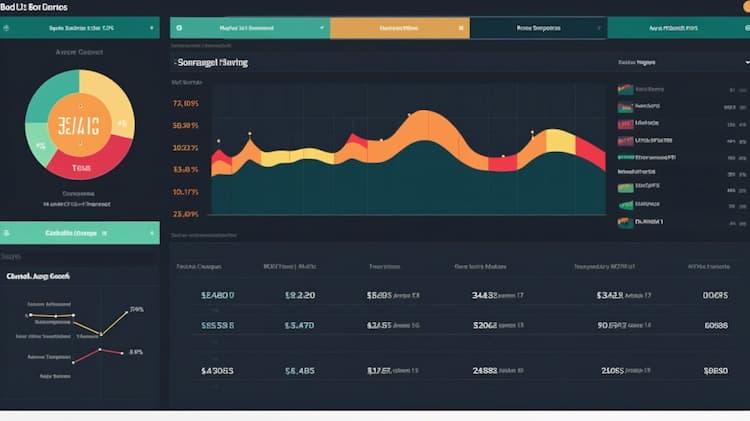
SPY VS QQQ
Exchange-Traded Funds (ETFs) have transformed the investment landscape, offering diversified exposure to various sectors and asset classes. In this article, we will conduct an in-depth comparison between two popular ETFs: SPY (SPDR S&P 500 ETF Trust) and QQQ (Invesco QQQ Trust). We'll delve into critical aspects such as ETF tickers, full names, issuers, sectors, top holdings, capitalization, strategy, tracking, and exposure.
SPY VS QQQ: Overview
SPY and QQQ are two ETFs that provide distinct investment strategies within the realm of the stock market. While SPY aims to track the performance of the S&P 500 Index, QQQ focuses on replicating the performance of the NASDAQ-100 Index. This difference in underlying indices leads to variations in the composition and performance of the two ETFs.
SPY VS QQQ: Sectors and Top Holdings
The SPY ETF is designed to mirror the performance of the S&P 500 Index, which includes a broad range of sectors such as technology, healthcare, finance, and more. QQQ, on the other hand, is concentrated in the technology sector, with its top holdings including tech giants like Apple, Microsoft, Amazon, and Google's parent company, Alphabet. Understanding the sectors and top holdings is crucial for investors to grasp the diversification and risk profile of each ETF.
 SPY overlap SPY VS QQQ
SPY overlap SPY VS QQQ
SPY VS QQQ: Capitalization and Strategy
SPY is one of the largest ETFs with substantial assets under management (AUM), making it a popular choice for investors seeking broad market exposure. QQQ's strategy is centered around capturing the growth potential of leading tech companies, potentially offering higher returns but also carrying higher volatility compared to SPY. The choice between the two ETFs depends on an investor's risk appetite and investment objectives.
SPY VS QQQ: Tracking and Exposure
SPY aims to replicate the performance of the S&P 500 Index, which consists of 500 large-cap U.S. companies. QQQ tracks the performance of the NASDAQ-100 Index, primarily composed of technology-related companies. The tracking methodologies differ, with SPY seeking to mirror a broader market representation, while QQQ focuses on the tech sector's performance. Investors should consider their preference for sector exposure when choosing between these ETFs.
Conclusion
SPY and QQQ are distinct ETFs that offer investors exposure to different segments of the stock market. While SPY provides broad market exposure through the S&P 500 Index, QQQ focuses on the technology sector's potential for growth. To gain deeper insights into holdings, correlations, overlaps, and other valuable information, ETF Insider serves as the ultimate tool. This user-friendly app empowers investors with comprehensive details on these financial instruments and more.
Disclaimer: This article does not offer any investment advisory services.
Sources:
https://www.invesco.com/ QQQ ETF issuer
https://www.invesco.com/qqq-etf/en/home.html QQQ ETF official page
SPY quote and analysis
Discover the top holdings, correlations, and overlaps of ETFs using our visualization tool.
Our app allows you to build and track your portfolio.
To learn more about the SPY SPDR S&P 500 ETF Trust, access our dedicated page now.
FAQ
Why is SPY better than QQQ?
SPY may be considered better than QQQ for some investors due to its specific focus, offering diversification.
Does QQQ beat SPY?
QQQ's performance relative to SPY will vary over time, depending on market conditions.
Should I invest in SPY or QQQ?
The choice between SPY and QQQ should align with your investment goals, risk tolerance, and desired exposure.
Are SPY and QQQ good investments?
Both SPY and QQQ can be suitable investments depending on individual investment strategies, goals, and risk profiles.
What is the correlation between SPY and QQQ?
The correlation between SPY and QQQ can vary over time, reflecting differences in performance.















